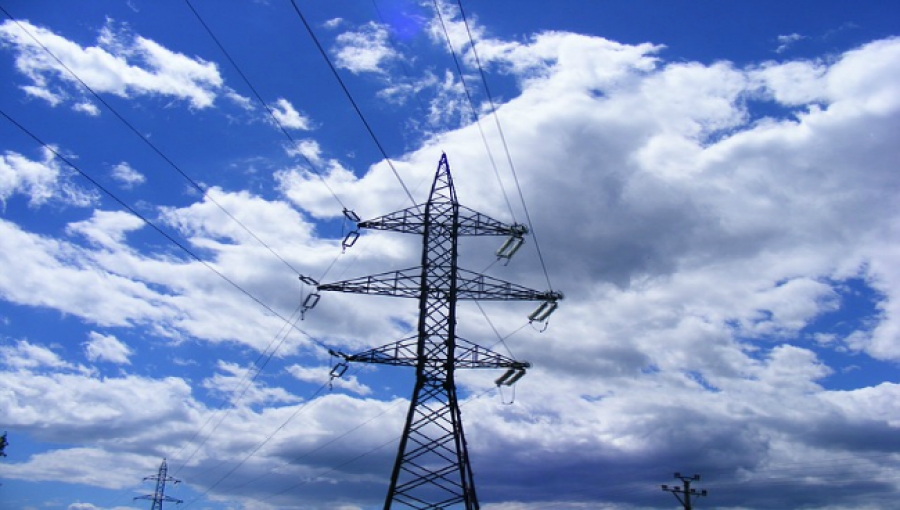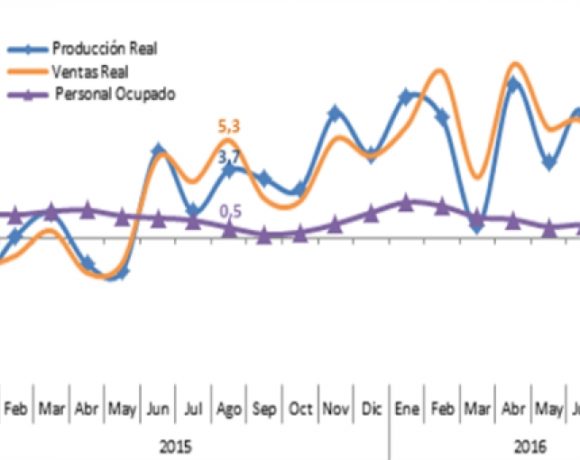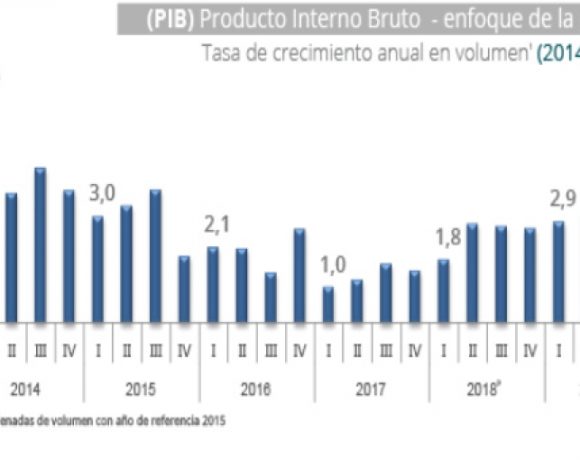Power Rationing Unlikely as Consumers Save, Rains Return, Guatape Mends

Colombia’s Consejo Nacional de Operacion (CNO) – the national advisory body on electric power supply – on April 4 announced that voluntary power reductions by consumers and industry apparently have diminished the threat of power rationing.
Following an analysis of encouraging data provided by Medellin-based XM – operator of the national power grid – as well as positive rain forecasts from the IDEAM weather agency, CNO advised Colombia President Juan Manuel Santos that national power rationing doesn’t seem necessary now.
However, CNO urged consumers and industry to continue voluntary power reductions — efforts that to-date have surpassed expectations.
Citing the exceptional voluntary power reductions, President Santos announced April 2 that he has accepted CNO’s advice — and publicly declared that Colombia seems to have dodged power rationing, which otherwise would have resulted from a combination of the lengthy El Niño drought plus an accidental shut-down of the 560 megawatt “Guatape” hydroelectric plant operated by Medellin-based EPM (see EPM’s Giant ‘Guatape’ Hydroelectric Plant Repairs Underway; Rationing Threat Lessens, Medellin Herald, 28 March 2016).
However, CNO urged President Santos to “continue the energy savings campaigns with the same intensity” as before, in order to quash the threat of power rationing.
Crucial XM Report
On a related front, XM announced April 4 that Colombia’s thermal power generators (tapping natural gas, coal, fuel-oil and diesel fuel) hit an all-time record of 51% of the national share of power generation during March, totaling 101.83 gigawatt-hours on March 30 and 99.63 gigawatt-hours on March 31.
Meanwhile, aggregate water levels behind Colombia’s hydropower dams fell to 24.76% of capacity last month because of the El Niño drought, according to XM.
Power imports from Ecuador accounted for 2% (4.57 gigawatt-hours) of Colombia’s national energy supply in March, XM added.
Total power supply in Colombia last month averaged 179 gigawatt-hours per day, with thermal power plants accounting for 51%, hydropower plants 43% and industrial cogenerators plus small-scale generators accounting for another 4%.
“The results of our analysis [of national supply and demand] show that thanks to the effectiveness of the government’s call to save energy – as well as the information supplied by the electric power sector – if thermal generation during April is maintained at levels close to 95 gigawatt-hours per day on average, [and assuming water levels behind dams] would be around 23% of capacity by the end of the month, [then this would] comply with the criteria of reliability necessary for [normal] operation” of the national grid during April, according to XM director-general María Nohemi Arboleda.
















